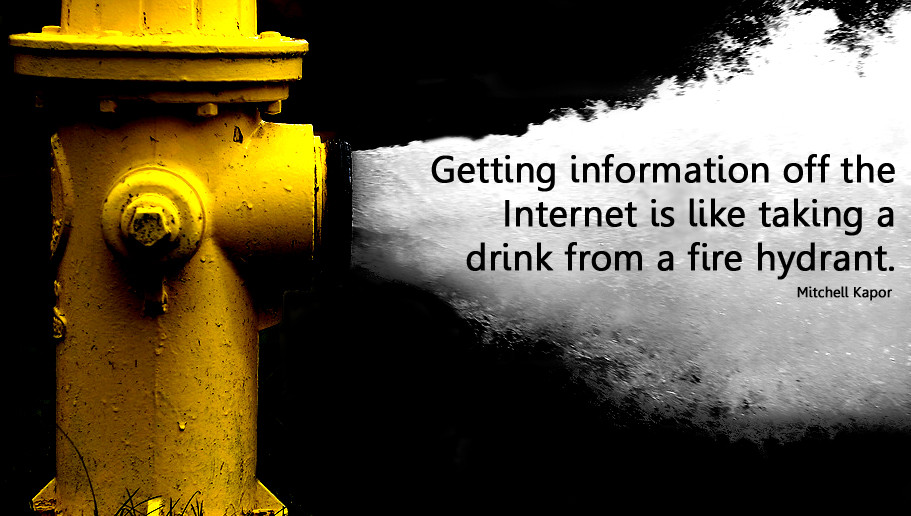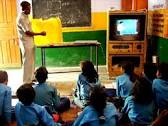Defining Learning Objects
There is a lack of clear agreement on what the term "learning object" means (Friesen, 2003; Lamb, 2009). Here I present 3 definitions that I have found.
A collection of content items, practice items and assessment items that are based on a single learning objective (
Wikipedia - link to original reference not working, quote attributed to Wayne Hodgins, 1994).
A modular resource, usually digital and web-based that can be used and reused to support learning (
Docebo)
Any entity, digital or non-digital, which can be used, reused and referenced during technology-supported learning (IEEE, 2001).
This creates a dilemma. If you don't agree what it is you are sharing, how can you agree to share it effectively? Nevertheless, learning objects have been (and are still being) collected, categorised and shared - despite lacking this clarity of understanding. According to Friesen (2003) the term "object" in this context is a technical term, originating from object-orientated programming. I agree with his argument that this is confusing and meaningless for those of us who aren't programmers. A seemingly simple name belies the complexity of the concept (Rehak and Mason, 2003).
The Rationale for Learning Objects
Online learning resources are expensive in terms of time and money (Downes, 2001; Lamb, 2009) so it makes sense to share them. But often these digital materials weren't written in the same code (Lamb, 2009). The result was an expensive item that couldn't be shared, adapted or improved. A very expensive wheel kept being reinvented. One solution was to create repositories, where learning objects are categorised using metatags and catalogued according to rules that allowed access and sharing (Lamb, 2009).
Reuse of Learning Objects
If the learning object is to be reused (as in definitions 2 and 3 above) we have to consider certain attributes.
Granularity.
This refers to the size of the learning object. Not its file size, but how discrete it is and how it relates, in its own right, to the learning objective (see definition 1). Duncan (2003) argues that the finer the granularity (that is, the smaller and more discrete it is) the more easily the learning object can be reused. In creating an open educational resource the designer might include finely granular objects so that they can be reused. However, there is a risk that this compromises the coherence of the whole.
Who decides on the granularity of the learning object? Is it the person who designs and/or delivers the educational activity or the learner who uses it? Who owns the learning?
Context
When held in a repository, learning objects are isolated from the context in which they were designed to operate. This means they can loose meaning. Labels may go some way to indicating their previous use(s) but this requires some imagination on the part of the new user. Wiley (2015) describes a "reusability paradox" whereby resources used outside of the original context compromises its educational effectiveness. The more context, the greater the learning but the lesser the capacity for reuse.
Aggregation and Disaggregation
Repurposing learning material to adapt to new context may reclaim its authenticity and educational effectiveness (Wiley, 2015). The ability of the learning object to be taken away, reused and repurposed in different contexts is known as aggregation/disaggregation (Rehak and Mason, 2003). The finer the granularity, the greater the ability to aggregate and disaggregate learning objects.
The Problem with Repositories
According to Lamb (2009) the processes involved in repositing learning objects was lengthy and complex for the technologists, never mind the teachers. Lamb (2009) argues that new technologies were easier (not to mention free) to use. Web 2.0 technologies , such as wikis and blogs, became the new agents for the storage and sharing of learning objects. For instance, he cites blogs as a means of asking questions and sharing good practice (Note, this is an example of connectivism in my opinion).
Repositories tended to mimic real-world sharing and failed to account for differences in the virtual world. Google, for example, changed the way websites are categorised, which in turn affected learning object repositories (Lamb, 2009). Downes (2001) was proved wrong when he assumed it would be "reasonable to expect that many of the elements of resource sharing the old way will be replicated in an online environment" (no page).
Conclusion
There's no doubt that learning objects exist, but what exactly they are is up for discussion. Nevertheless, the sharing of educational material makes economic and educational sense. It's how we do it that deserves attention.
References
Downes, S. (2001) ‘Learning objects: resources for distance education worldwide’, IRRODL, vol. 2, no. 1 [online], http://www.irrodl.org/ index.php/ irrodl/ article/ view/ 32/ 378 (accessed 28 October 2016).
Duncan, C. (2003). "Granularization." Reusing Online Resources: A Sustainable Approach to eLearning. A. Littlejohn (ed.) London: Kogan Page.
Friesen, N. (2003) ‘Three objections to learning objects and e-learning standards’ in McGreal, R. (ed.) (2004) Online Education Using Learning Objects, London, Routledge, pp. 59–70. Draft available online at http://www.learningspaces.org/ papers/ objections.html (accessed 28 March 2016).
IEEE Learning Technology Standards Committee (LTSC) (2001) Draft Standard for Learning Object Metadata Version 6.1.
Lamb, B. (2009) Who the hell is Brian Lamb? (video), Barry Dahl blog, 26 October [online], http://barrydahl.com/ 2009/ 10/ 26/ who-the-hell-is-brian-lamb/ (accessed 28 March 2016).
Rehak, D. & Mason, R. (2003). "Keeping the Learning in Learning Objects." Reusing Online Resources: A Sustainable Approach to eLearning. A. Littlejohn (ed.) London: Kogan Page.
Wiley D. (2015) ‘Forgetting our History: From the
Reusability Paradox to the Remix Hypothesis’ Iterating Towards Openness 15 April [Blog]. Available at
opencontent.org/blog/archives/3854 (accessed 28 May 2015).


